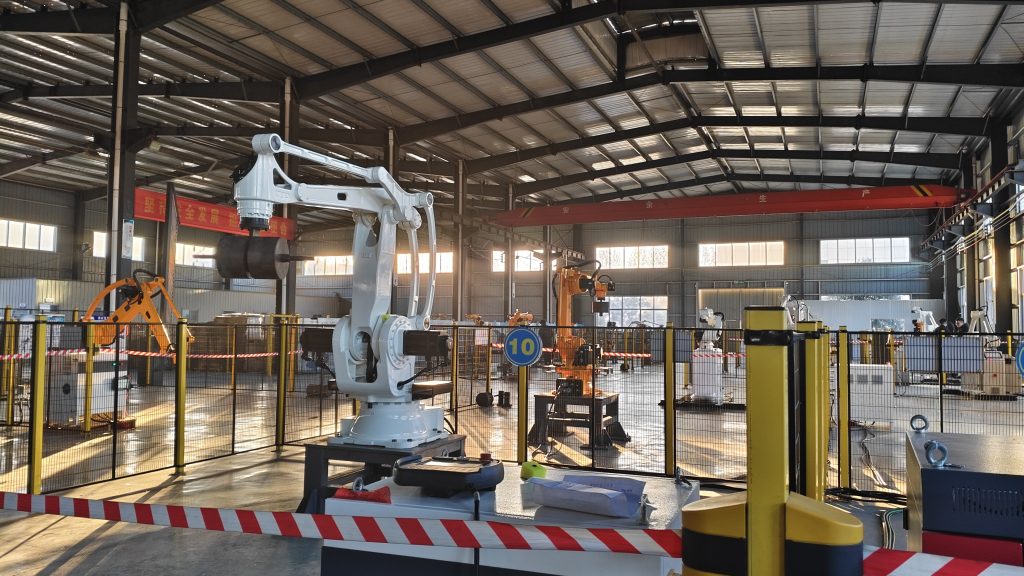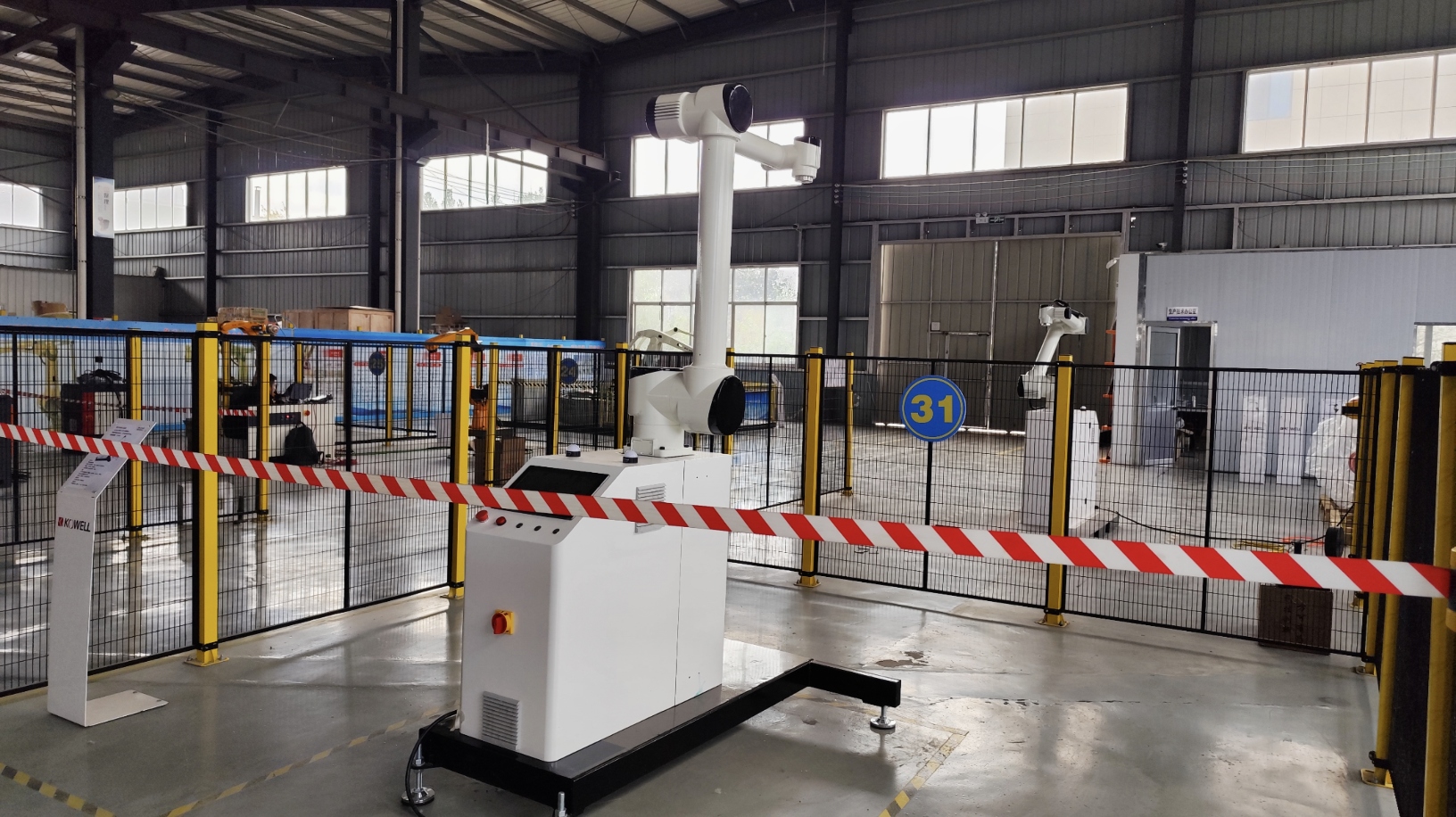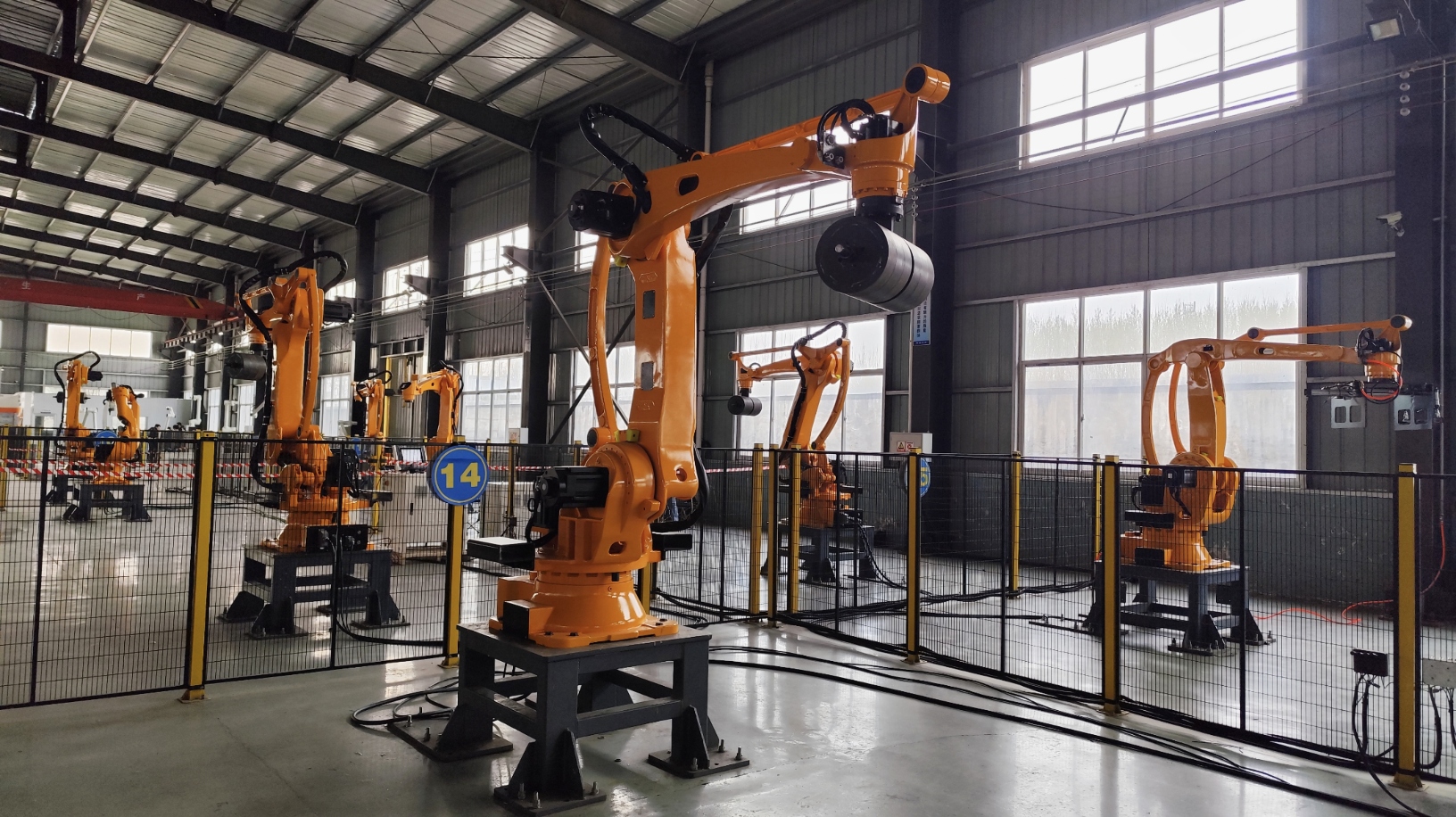With the rapid development of technology, the manufacturing industry is undergoing an unprecedented transformation. From traditional assembly line production to today's flexible manufacturing, the deep integration of industrial robotic arms and intelligent equipment is reshaping the industry landscape and driving the manufacturing industry towards a more efficient, precise and sustainable future.
The core of the traditional assembly line production model is large-scale, low-cost standardized manufacturing. This model greatly improved production efficiency in the early days of industrialization and met the market demand for large-volume products. However, as the consumer market increasingly shows a trend of personalization and diversification, the limitations of assembly lines are becoming increasingly prominent:
Lack of flexibility: Assembly lines are suitable for standardized products, but when faced with small batches and multi-variety orders, their adjustment costs are high and efficiency is low.
High labor dependence: Assembly lines require a lot of manual operations and are easily affected by personnel turnover and rising labor costs.
Difficult to meet quality requirements: Complex processes and high-precision requirements are beyond the capabilities of traditional assembly lines.

In order to meet these challenges, the manufacturing industry has begun to transform towards intelligence and automation. Among them, industrial robotic arms and intelligent equipment, as key technologies, are playing an increasingly important role.
Flexibility and precision of industrial robotic arms
The core advantages of industrial robotic arms lie in their flexibility and high precision. Modern robotic arms can be programmed to quickly switch tasks, from welding to handling, from assembly to testing, without significantly modifying the production line. This flexibility allows factories to easily cope with the production needs of multiple varieties and small batches. At the same time, the high precision and repeatability of robotic arms significantly improve product quality, especially in high-demand fields such as electronics and aviation, where the application of robotic arms has become the key to ensuring process stability.
Deep empowerment of intelligent equipment
Intelligent equipment is the product of the combination of traditional equipment with technologies such as artificial intelligence, big data, and the Internet of Things. They can monitor the status of the production line in real time, optimize resource allocation, and predict potential failures. For example, smart sensors can collect equipment operation data, realize predictive maintenance through algorithm analysis, and avoid downtime caused by equipment failure. In addition, the intelligent scheduling system realizes resource utilization through dynamic allocation of production tasks, further improving production efficiency.
The combination of industrial robotic arms and intelligent equipment provides the possibility for the manufacturing industry to move from assembly line to flexible production. This transformation is mainly reflected in the following aspects:
Flexible manufacturing system: The flexible manufacturing unit with industrial robotic arms as the core can be quickly adjusted according to order requirements to achieve on-demand production, avoiding the waste of resources in the traditional assembly line model.
Intelligent scheduling and collaborative operation: The intelligent scheduling system can coordinate the work of multiple robotic arms and equipment to optimize the production rhythm. For example, on a complex production line, intelligent scheduling can dynamically assign tasks to avoid equipment idleness or overload.
New model of human-machine collaboration: The combination of industrial robotic arms and artificial intelligence makes human-machine collaboration possible. In links such as fine assembly that require certain human intervention, robotic arms can assist workers in completing high-precision and high-repeat operations, reducing labor intensity while improving production efficiency.
The popularization of industrial robotic arms and intelligent equipment has not only improved production efficiency, but also promoted the development of manufacturing to a higher level. From the perspective of economic benefits, intelligent production reduces labor and material costs; from a technical perspective, it brings higher production accuracy and quality assurance; from the perspective of sustainability, flexible manufacturing systems reduce resource waste and are in line with the development concept of green manufacturing.
In the future, with the further maturity of 5G, artificial intelligence and industrial Internet of Things technologies, intelligent equipment and industrial robotic arms will show their potential in more fields, such as customized medical equipment, precision instrument manufacturing and sustainable energy equipment. In this new era, manufacturing is no longer a traditional assembly line, but a highly flexible and intelligent collaborative ecosystem.
From assembly lines to flexible production, the rise of industrial robotic arms and intelligent equipment marks the beginning of a new era in manufacturing. This is not only a technological leap, but also a change in concept: using intelligence to drive efficiency, using flexibility to meet diversified needs, and using sustainability to lead future development. In the face of this change, companies can only seize the opportunities of intelligent manufacturing to remain invincible in the competition.


Hello, the current customer service is offline. You can leave your contact information and the staff will respond to you as soon as possible!